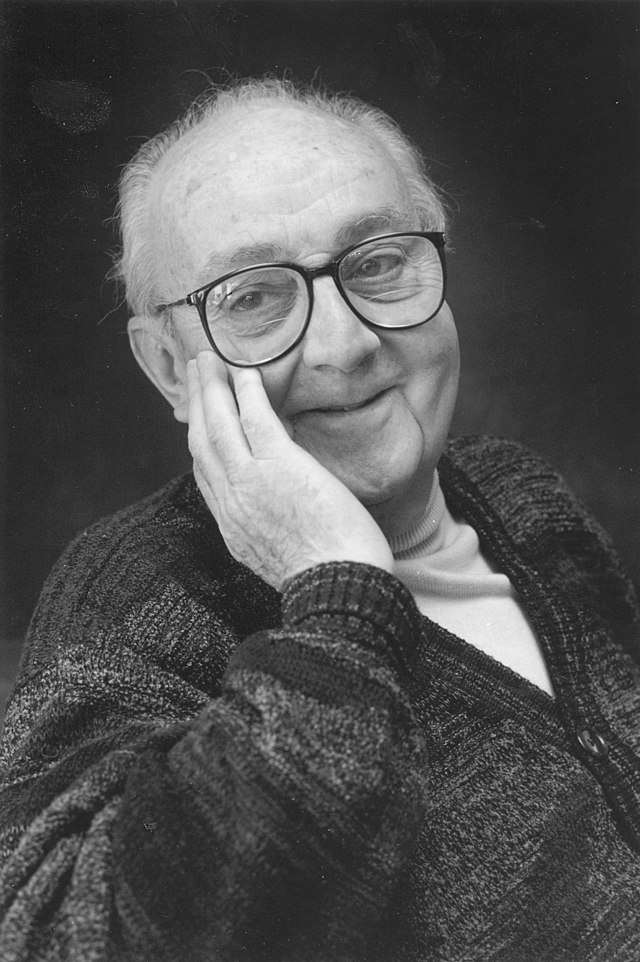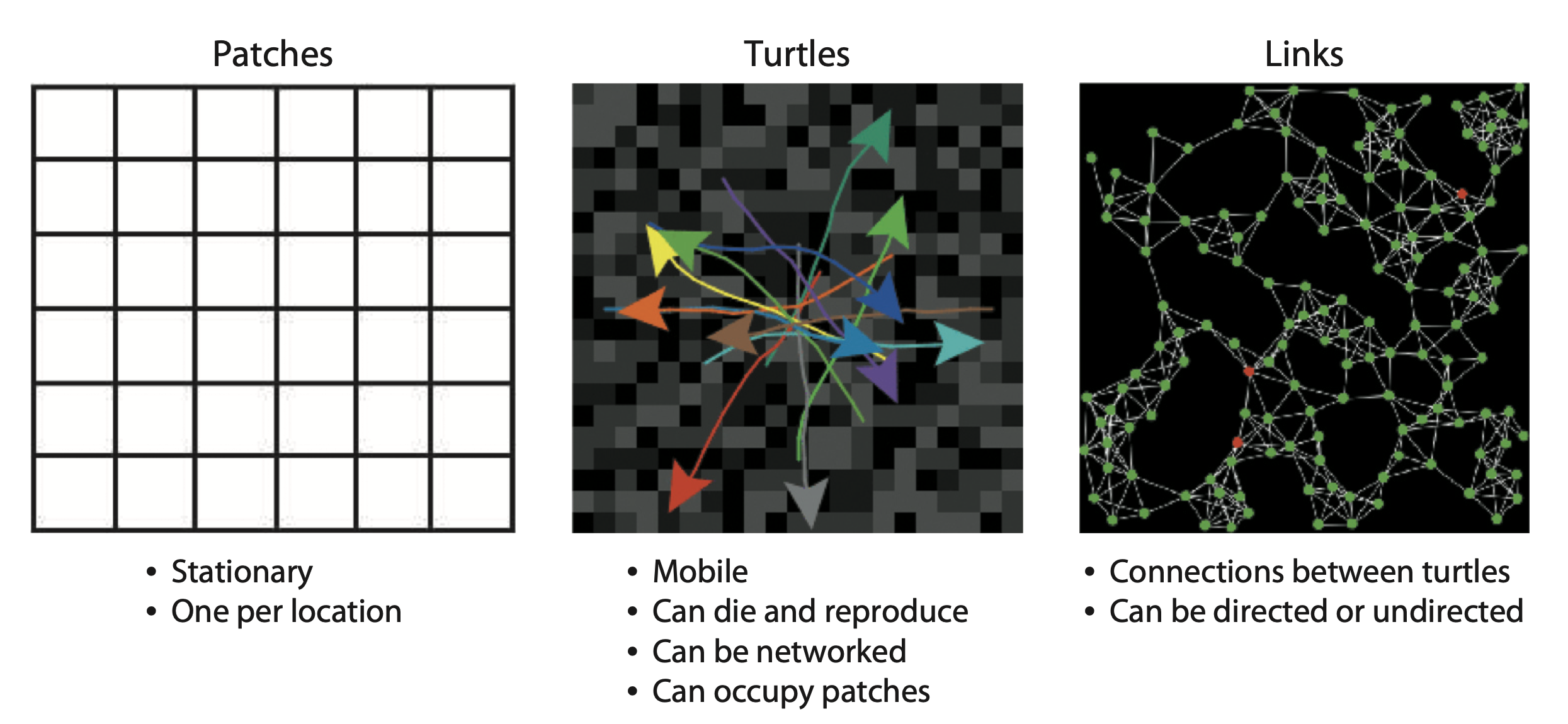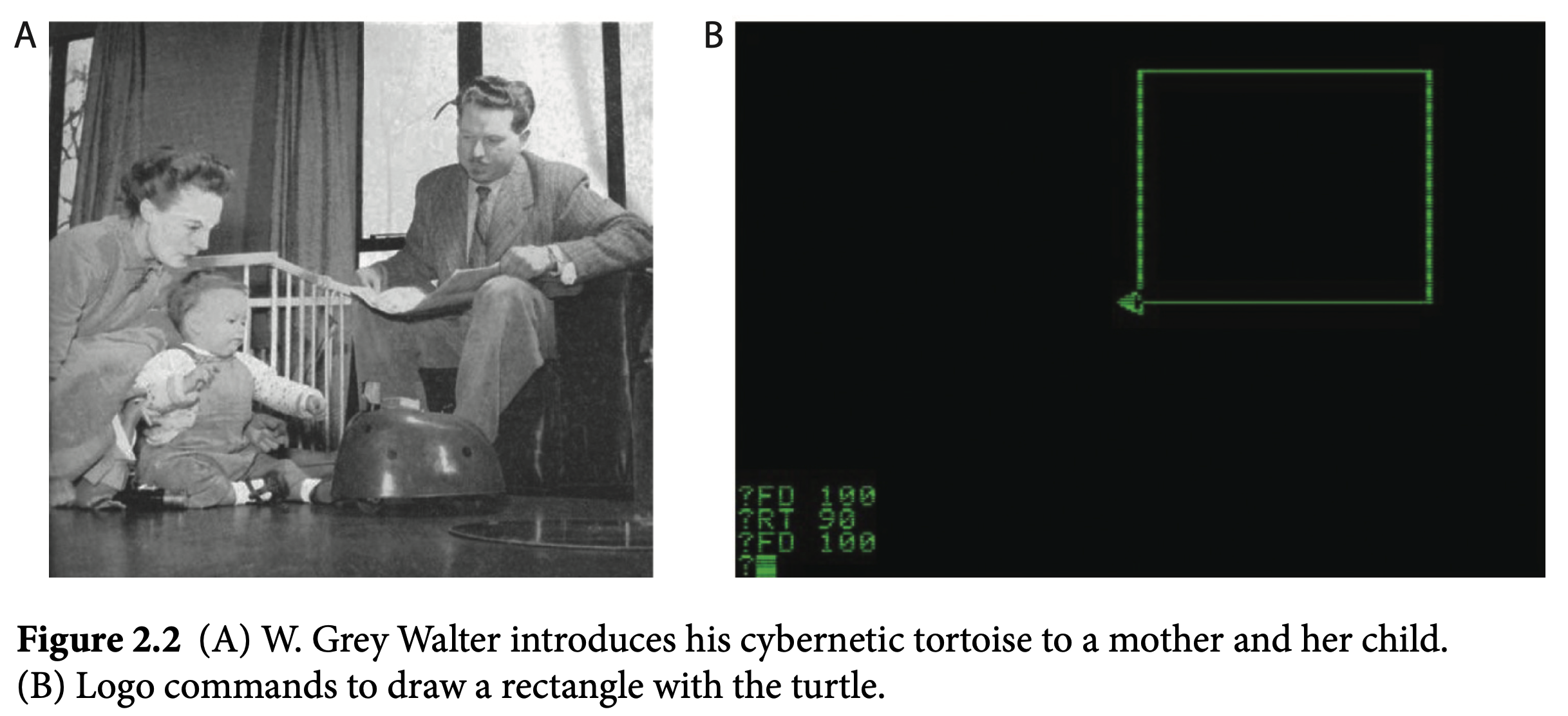W0: What are Models?
CS300b – Agent Modeling
Boids Model
Boids Model
- Created by Craig Reynolds, a computer scientist working on motion picture graphics in the mid-1980s
- He tried to code the path of each individual bird, which showed impossible to be done
- The amount of thinking from the birds is independent to the number of birds in the flock
- Each bird has a simple heuristics in order to stay together with the other birds nearby
Boids Model
Reynolds came up with the three rules that describe the decision-making mechanism of each bird (or boid) within the flock:
- Separation: If there are other boids immediately in front of you, turn away from them to avoid collisions and crowding.
- Alignment: Turn to align with the average heading of nearby boids.
- Cohesion: Attempt to stay close to nearby flockmates by steering toward the average position of neaby boids.
Boids Model
Boids is an example of an Agent-based Model.
- Individuals are represented as computational entities (agents)
- Agents behave and interact locally
What is a Model?

- A simplified representation of a real-world phenomenon.
- Scientific models help us understand, explain, and predict.
- Not just about fashion! 😉

What is a model?
[…] a model is an abstract or physical structure that can potentially represent a real-world phenomenon.

Why model?
Formal models offer advantages over verbal descriptions:
- Precise communication: Reduce ambiguity inherent in language.
- Hypothesis generation: Reveal unexpected consequences of assumptions.
- Counterfactual exploration: Simulate “what if” scenarios.
Why model?

“All models are wrong, but some are useful.”
Box, George E. P.; Norman R. Draper (1987). Empirical Model-Building and Response Surfaces, p. 424, Wiley. ISBN 0471810339.
Why model?
“[…] the apparent stupidity of a model can be a strength. By focusing only on some key aspects of a real-world system (i.e.,those aspects instantiated in the model), we can investigate how such a system would work if, in principle, we really could ignore everything we are ignoring.”
Paul Smaldino (page 8)
Decomposition
- What are the parts of the system we are interested in?
- What are their properties?
- What are the relationships between the parts and their properties?
- How do those properties and relationships change?
Decomposition
- Breaking down a system into essential parts, properties, and relationships.
- Driven by the research question: What do we want to understand?
- Different decompositions yield different models.
- No one “right” way: Choose the level of detail that suits your needs.
Types of Models
Equation-Based Models
- Describe system dynamics using mathematical equations.
- Often used for systems with well-defined relationships.
Agent-Based Models (ABMs):
- Simulate individual entities (“agents”) and their interactions.
- Capture emergent patterns from complex behaviors.
Fine-Grained vs. Coarse-Grained Models
Fine-grained models:
- High level of detail, aiming for accurate predictions.
- Can be complex and computationally demanding.
Coarse-grained models:
- Simplified representations, focusing on key mechanisms.
- Prioritize understanding over precise prediction.
Fine-Grained vs. Coarse-Grained Models
Choose the level of detail appropriate for your research question.
- Fine-grained means that there are data in the world that can be used to precisely parameterize and test the models.
- Coarse-grained models focus on broad, qualitative patterns in the data, not on reproducing exact measurements.
The Modeling Journey
- Models are tools for thinking: They help us refine our ideas, test our assumptions, and explore possibilities.
- “Doing violence to reality” allows for insight: Simplification can reveal essential mechanisms.
SIR Model
Equation-based Models
Advantages
- Precision
- Elegance
Disadvantages
- Ability to handle heterogeneity
- Explainability
SIR - Equation-based

\[ \frac{dS}{dt} = -\beta SI\] \[ \frac{dI}{dt} = \beta SI - \gamma I\] \[ \frac{dR}{dt} = \gamma I\]
SIR - Equation-based

\[ S(t+1) = S(t) - \beta S(t)I(t)\] \[ I(t+1) = I(t) + \beta S(t)I(t) - \gamma I(t)\] \[ R(t+1) = R(t) + \gamma I(t)\]
SIR
SIR - Agent-based Model
- agents are situated on a two-dimensional surface and move around using a random walk
- reduction of social contact flattens the curve
Netlogo Basics
Netlogo basics

Extracted from the book Modeling Social Behavior, by Paul E. Smaldino
Patches
- spatial organization
- discrete square cells laid out in two-dimensional retangular grid
- can be used as agents themselves
- used to represent properties of the agent’s environment
Turtles
- spatially embodied
- have a position in continuous space and a directional heading
Turtles history
- Neuroscientist and roboticis W. Grey Walker created a simple, programmable, mobile robot in the 1950s called tortoise
- Inspired the creators of Logo, developed in the 1960s. Logo permits to issue commands to move and draw with a small triangular figure on a computer monitor
Turtles history

Extracted from the book Modeling Social Behavior, by Paul E. Smaldino
Links
- Netlogo allows turtles to be connected through a class called links
Netlogo Tabs
- Interface
- Create, delete and manipulate controllers
- Inspect the model’s output and parameter manipulation
- Settings of the patch grid
Netlogo Tabs
- Info
- Description of the model
- Documentation
Netlogo Tabs
- Code
- Instructions for the model’s operation
- The code for Netlogo is everything, not just the Code tab
Programming basics - variables
- no requirement for specifying the type of object to be represented by your variables
- we want our variables name to be both succint and easily identifiable
- Netlogo uses equal sign (=) only for logical test. Use
setfor changing the value of a variable
Programming basics - variables
- models paramenters
- global variables
- agents variables
- local variables
Programming basics - functions/procedures
- a label for a set of commands that are run together whenever the function is called
- may take arguments
- may need return values (reporters)
- Netlogo has build-in functions called primitives, which helps programmers a lot!
Programming basics - loops
- the ability to perform the same computation over and over and over at great speed.
- for-loops and while-loops are the most common types.
Programming basics - loops
- Netlogo is very polite
Programming basics - conditional statements
- allow for code to be executed only if specific conditions are met.
- Nelogo provides
ifandifelsecommands for that.
Programming basics - object-oriented programming (OOP)
- different types of variables for the program to work with.
- each class stores its own variables and procedures.
- all instantiations (objects) of this class will posses these variables and procedures.
- Netlogo is a special typo of OOP called agent-oriented programming
- commands can be written as direct instructions to the agent